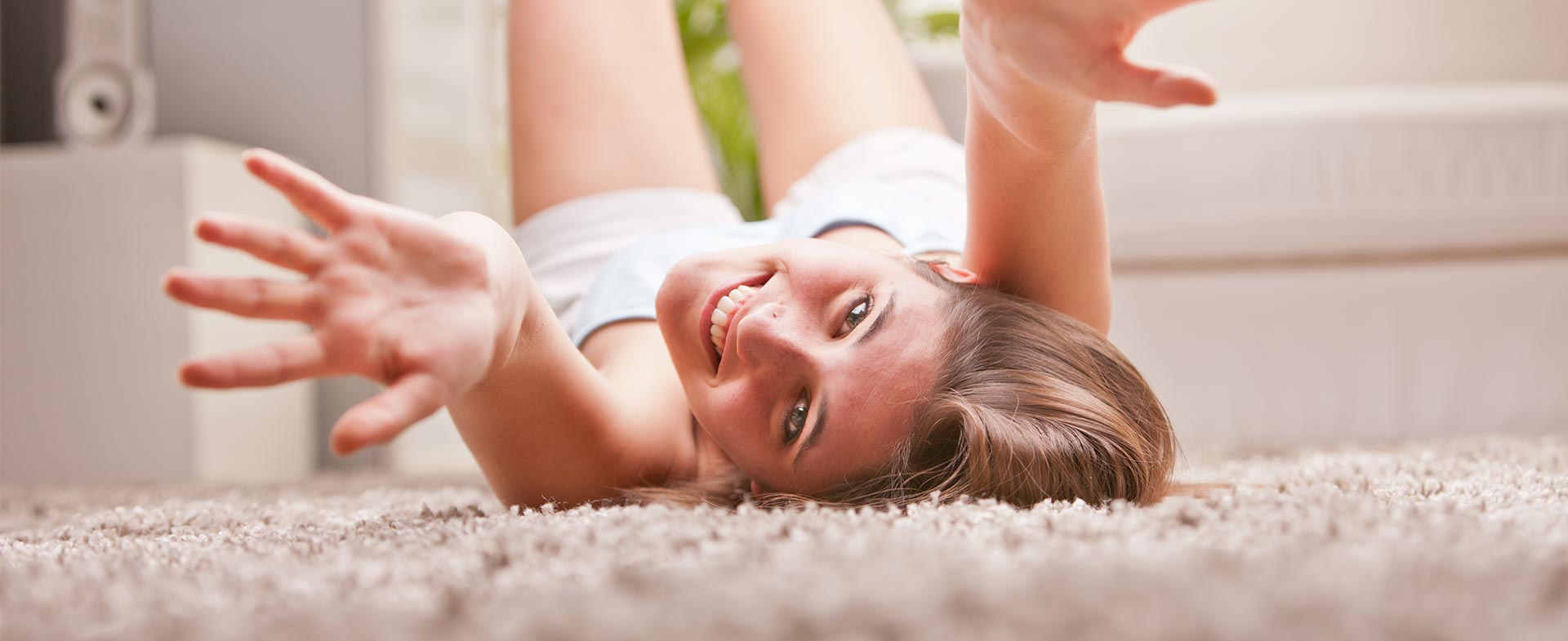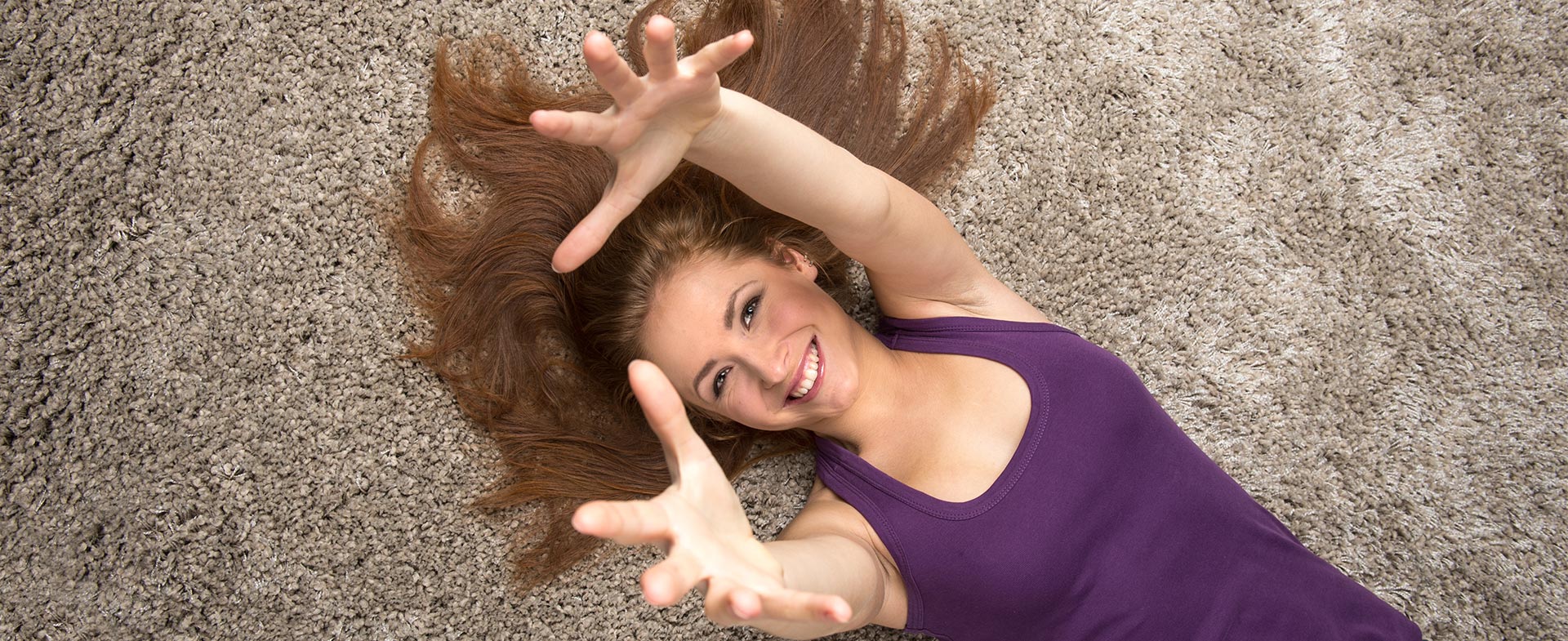Washing Velvet Curtains: A Safe and Practical Approach
Posted on 18/05/2025
Washing Velvet Curtains: A Safe and Practical Approach
Velvet curtains are the embodiment of luxury and sophistication in modern and traditional interiors alike. Their lush texture, deep hues, and elegant drape can truly transform your living space. But with great beauty comes even greater responsibility--cleaning velvet curtains requires care and the right techniques to preserve their opulent appeal. In this comprehensive guide, we will explore the safest and most practical methods for washing velvet curtains, ensuring your investment stays beautiful for years to come.
Understanding Velvet: Fabric Characteristics and Care Needs
Before delving into washing velvet drapes, it's important to understand this luxurious fabric. Velvet is characterized by its dense pile of evenly cut fibers that create a smooth, soft surface. Made from various materials--including cotton, silk, synthetic, or a blend--velvet is sensitive to pressure, moisture, and heat.
- Natural Fiber Velvet (e.g., cotton, silk): Exquisitely soft and breathable, but more prone to damage from moisture and heat.
- Synthetic Velvet (e.g., polyester, viscose): More durable and resistant to wear, but still needs a gentle approach.
- Crushed or Embossed Velvet: Treated for a textured look and may have more specific care requirements.
Proper care for velvet curtains starts with a basic appreciation of these fabric differences. Always check the manufacturer's label before proceeding with any cleaning method.

Why Proper Cleaning Matters for Velvet Curtains
Regular maintenance and safe cleaning practices are essential for extending the lifespan of velvet draperies. Improper washing may result in:
- Shrinkage or misshaping of fabric
- Flattening or crushing of the velvet pile
- Permanent stains or color bleeding
Applying the right technique ensures your velvet curtains stay plush, vibrant, and contribute to a healthy indoor environment by removing dust, allergens, and contaminants.
Preparation: Inspecting and Dusting Velvet Curtains
Before embarking on the cleaning process, it's vital to prepare your velvet window treatments carefully.
Step 1: Inspect the Care Label and Curtain Condition
- Always examine the sewn-in care tag for specific instructions regarding washing velvet curtains.
- Determine whether the curtains are machine-washable, hand-washable, or strictly dry-clean only.
- Check for delicate embellishments, linings, or trims that could be affected by washing.
Step 2: Remove Dust and Surface Debris
- Utilize a soft-bristled brush or vacuum with the upholstery attachment to gently remove dust and loosen surface dirt from the pile.
- Work in the direction of the velvet nap (the way the fibers lie) to prevent crushing.
- Pay special attention to pleats, folds, and hems where dust tends to accumulate.
This initial step minimizes the risk of muddying or matting the fabric fibers during wet cleaning.
Dry Cleaning vs. Washing Velvet Curtains: Which Is Best?
One of the first decisions in cleaning velvet curtains safely is choosing between dry cleaning and washing (either by hand or machine).
When to Choose Dry Cleaning
- Your curtains are labeled "dry clean only"
- The velvet is made of silk, rayon, or a blend of delicate fibers
- The fabric includes complex linings, layers, or decorative elements
- You are cleaning high-value or antique velvet drapes
Professional dry cleaning is typically the safest route for expensive or elaborately designed velvet curtain panels. This process uses specialized solvents and methods that avoid water and prevent pile damage.
When You Can Wash Velvet Curtains at Home
- Your care label allows for machine or hand washing
- The velvet is synthetic-based (polyester, nylon) or cotton velvet with simple lining
- The curtains are not antique or irreplaceable heirlooms
In such cases, home washing--when done carefully--can save money and keep your velvet drapes looking fresh.
How to Wash Velvet Curtains: Safe Techniques
Hand Washing Velvet Drapes: Step-by-Step
Hand washing is the safest way to clean most washable velvet curtains. Here's a practical method for success:
- Fill a clean bathtub or large basin with lukewarm water. Add a small amount of gentle liquid detergent (such as wool or delicate fabric soap). Avoid harsh or alkaline cleaners, which can harm the fibers.
- Submerge the velvet curtains gently. Agitate with your hands using very light strokes; do not twist, wring, or rub the fabric.
- Let the curtains soak for 5-10 minutes. This helps to release dirt without aggressive scrubbing.
- Drain the dirty water and refill with clean, cool water. Swish the curtains gently to remove soap residue.
- Repeat rinsing as needed until water runs clear.
- Remove excess water by pressing the curtains between clean towels. Do not wring or twist, as this can permanently crush the velvet pile.
Proper hand washing minimizes agitation and preserves the nap and shape of your velvet drapes.
Machine Washing Velvet Curtains: Best Practices
Some modern velvet curtains--especially those made from polyester or synthetic blends--can be machine washed. To avoid disappointment, adhere to these expert tips:
- Use a front-loading washing machine. Top loaders with an agitator can be too rough on velvet.
- Turn curtains inside-out and place them in a mesh laundry bag to reduce friction.
- Select the smallest load setting, cold water, and a "delicate" or "hand wash" cycle.
- Add a gentle detergent meant for delicate fabrics. Do not use bleach or fabric softener.
- After the wash cycle, remove curtains promptly. Do not run a spin cycle longer than necessary.
Pro Tip: If you have any doubts about your machine's gentleness, hand washing is always the safer route!
How to Dry Velvet Curtains Safely
Proper drying is crucial to avoid damage to velvet's elegant appearance and structure.
- Never use a tumble dryer for velvet curtains. The heat and mechanical action can cause permanent crushing and shrinkage.
- Lay velvet panels flat on a clean, dry towel in their natural shape. Gently reshape if necessary.
- Use a second dry towel over the top and press down to absorb excess moisture.
- When most of the water is absorbed, transfer curtains to a sturdy drying rack, draping them smoothly to encourage even air-drying.
Hanging velvet curtains while still wet may stretch or distort the fabric. Make sure they are only slightly damp when rehung to minimize wrinkles.
Refreshing Velvet Curtain Pile After Cleaning
After washing or drying, you may notice slight flattening of the velvet's signature texture. Here's how to restore its lush look:
- Once the curtains are dry, gently steam them from the reverse side using a handheld garment steamer (never a hot iron directly on the velvet).
- Use a soft brush to "lift" the pile, always moving in the direction of the nap.
- If wrinkling persists, hang the curtains in a steamy bathroom for 20-30 minutes to help loosen fibers naturally.
These finishing touches will revive the fullness and softness of your velvet curtains after cleaning.
Spot Cleaning Velvet Curtains: Quick Fixes Between Washes
Stains and spills are inevitable, but you can often handle minor spots without a full wash:
- Blot fresh stains immediately with a clean, absorbent cloth. Do not rub or press hard.
- For water-soluble stains, dab gently with a cloth dampened in cool water mixed with a drop of mild detergent.
- For oily stains, sprinkle a little cornstarch or talcum powder, let it sit for an hour, then brush away and repeat if necessary.
- Always test cleaning solutions on an inconspicuous part of the curtain first.
*Spot cleaning helps keep your velvet drapes looking their best and may prolong intervals between thorough washes or professional cleanings.*
Best Practices for Regular Velvet Curtain Care
Keeping velvet window treatments beautiful requires a blend of routine maintenance and periodic deep cleaning:
- Vacuum regularly with an upholstery nozzle to remove dust and prevent buildup.
- Keep curtains away from direct sunlight to minimize color fading.
- Draw curtains fully open during humid weather to promote airflow and prevent mildew.
- Avoid heavy perfumes or sprays near velvet, as residues can attract dust or stain the pile.
*By following these preventative habits, you ensure an easier, safer cleaning process and extend the life of your velvet curtains.*

Frequently Asked Questions About Washing Velvet Curtains
Can I iron velvet curtains after washing?
No, velvet should never be ironed directly. The heat and pressure will flatten the pile and leave an unsightly sheen. For smoothing wrinkles, use a handheld steamer on the reverse side or hang curtains in a steamy bathroom.
How often should velvet curtains be cleaned?
Routine dusting and occasional spot cleaning may suffice for lightly used curtains. In most homes, a deep clean or professional dry cleaning once or twice a year is adequate, depending on household conditions and exposure.
Are there any home remedies for restoring velvet nap?
Yes! Brushing gently with a soft, dry brush and lightly steaming are excellent ways to revive flattened velvet. Always work in the direction of the nap.
Is it safe to wash all velvet drapes at home?
Only curtains labeled as washable (synthetic or certain cotton velvets) should be cleaned at home. When in doubt, or if the item is valuable or antique, opt for professional dry cleaning.
Conclusion: Enjoy Luxurious Velvet Curtains with Safe, Practical Cleaning
Velvet curtains add unrivaled warmth, depth, and opulence to your interiors--so it is vital to treat them with the respect and care they deserve. By understanding your specific velvet fabric, following the steps for safe washing, and adopting best-practice maintenance, you can enjoy the lasting beauty of your velvet window treatments while ensuring they remain a statement piece in your home for many years.
Remember: Always check manufacturer recommendations, use gentle techniques, and never hesitate to consult a professional for particularly delicate or valuable velvet curtains.
Apply these safe and practical tips to keep your velvet curtains clean, plush, and truly stunning!








